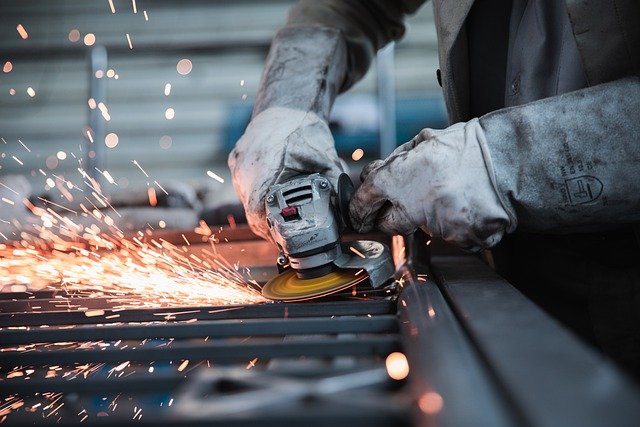Kisko Steel: 5 Things You Wish You knew About Heat Treated Steels.
Almost everyone is familiar with the fact that heat plays an important part in steel, be it carbon steel, alloy steel, tool & die steel, or stainless steel. Heat treatment is the controlled treatment of steel to the heating and cooling process for obtaining desired properties for improved life of the end product, machinability, etc. Product life is improved as this process changes the mechanical/physical properties of steel. Normally, they are heated and cooled to appropriate temperatures and then cooled maintaining the heating and the cooling rate which then produces the required mechanical results. It is indeed a very important part of the manufacturing process; again, the treatment serves numerous purposes. The most common type of heat treatment is associated with metals, including alloy steel, but the process can also be used to make glass, aluminum, and many other materials.
Different Types of Heat Treatments
There are also several types of heat treatment processes, including:
- Annealing: This involves heating steel up to a suitable temperature but allowing it to cool off very slowly until it gets to room temperature. It is mainly a softening process. Annealing is done to facilitate machining and coldworking.
- Normalizing: When steel is normalized it is heated and held at a particular temperature for a certain amount of time depending on the cross-section before cooling it through normal air. The result is a microstructure at the heated temperature is retained, which can be pearlite+ferrite. It provides uniformity in structure, relieves stresses, and produces greater uniformity in grain size.
- Stress Relieving: Heating to a suitable temperature, holding long enough to reduce residual stresses, and then cooling slowly enough to minimize the development of new residual stresses. It is not intended to modify mechanical properties.
- Hardening: Increasing hardness by suitable treatment usually involves heating and cooling to turn the microstructure in austenite at higher temperature and then suitably cooling by water, oil & polymer, or air to produce a high hardness phase called martensite. There are different types of hardening e.g Quench hardening, induction hardening, flame hardening, precipitation hardening as well as case hardening through case carburizing, nitriding to obtain wear-resistant surface along with tough core for better load absorbing capability.
- Surface hardening: With this process, the surface of a particular component is hard enough not to be disturbed by erosion and general wear while the ductility and toughness are maintained in order to withstand shock and impact loading.
- Tempering: During hardening, the martensite phase is formed which is a very hard phase in steel and has insufficient toughness. Tempering of steels by heating for a certain time at below critical temperature is therefore introduced to exchange some of the strength for greater ductility. Some steels require double or triple tempering.
- Carburization: In this process, the carbon content of the surface area is increased by providing a carbonaceous atmosphere to the hot component that needs to be carburized towards obtaining a hard surface and tough core.
5 Things You Need To Know When Buying Heat Treated Steels.
- In case steel has to undergo further heating like hot forging etc, then buying heat-treated will be a 100% loss in paying for the heat treatment costs. Hence it is beneficial to buy a heat-treated product only in case you have to go for direct machining
- In case it has to be directly machined, then it is important to check that at what stage of the product the mechanical/ physical properties will be tested, that is in the raw material stage, after pre-machining because if you buy heat-treated steels which require higher hardness than the raw material hardness it might result in additional machining costs on the CNC. In this case, it is better to heat treat after pre-machining.
- In case the hardness requirement is the same or lesser in heat-treated steels than the raw material hardness then it is beneficial to buy raw materials that are heat-treated and ready to use.
- Hardness is usually an indicative measure, it is best to measure the other mechanical properties.
- Uniformity in properties is key to product life, as it is easier to achieve properties at the end of the long solid bars or on the surface than the center, therefore the guarantee of uniformity affects the pricing of each supplier.
At Kisco, we have API 6A / AMS 2750 certified heat treatment furnaces that assure uniformity, consistency, and guarantee. With our in-house technical expertise and capacity of more than 1200 tons monthly, please allow us to serve you for all your needs. We have years of data along with a sample testing furnace which helps us to first validate every heat treatment cycle before commencing bulk operations.
This content was originally published on the Kisko Steel website.

